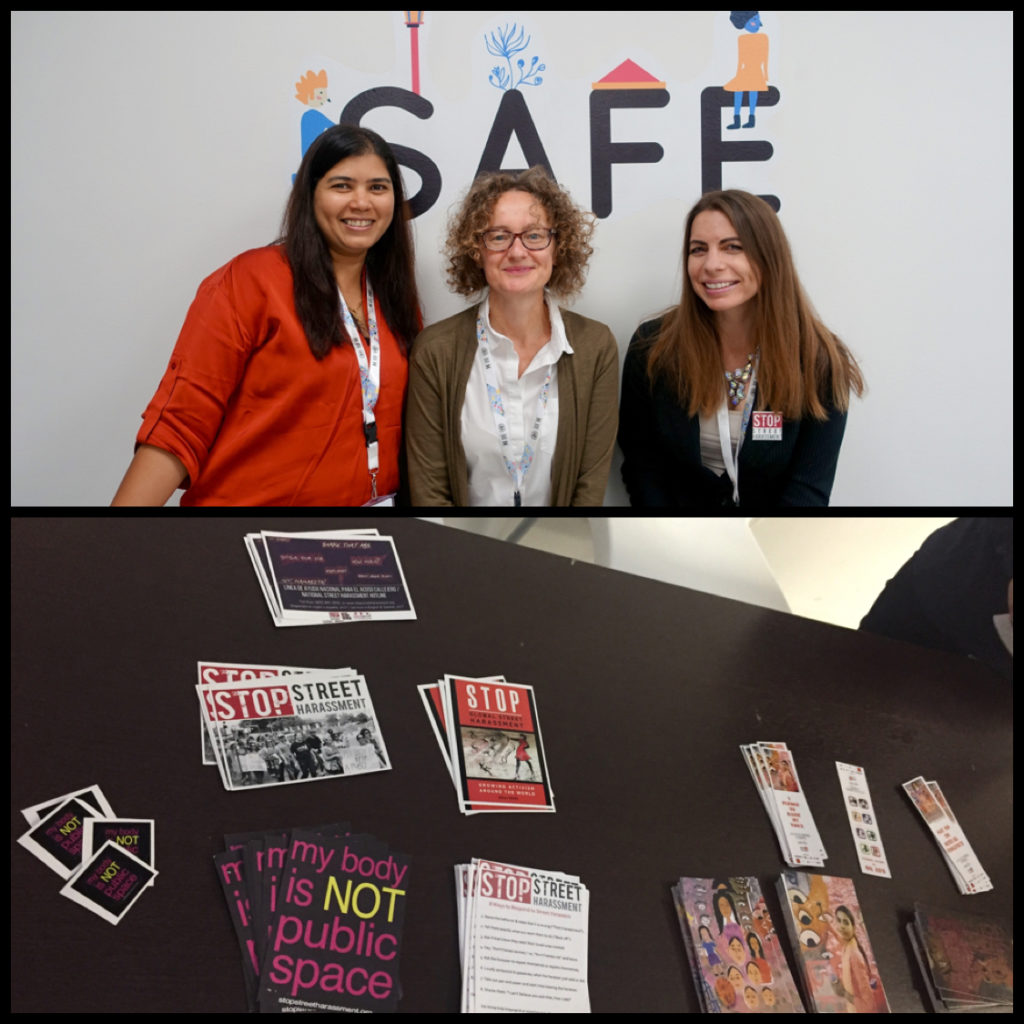 Hello from my final day at HABITAT 3 in Quito, Ecuador.
Hello from my final day at HABITAT 3 in Quito, Ecuador.
The two big highlights were:
1) Co-presenting this morning on a panel about crowdsourcing and community engagement with Elsa D’Silva of Safecity from India and Rosy Mondardini of Open Seventeen in Switzerland. Even with an 8 a.m. start time, about 40 people joined us — and unlike most other panels, we respected the time and spent 1/3rd of our session on Q&A with the audience. People were interested to hear more about how we collect data (through crowdsource mapping, story collection at workshops, stories submitted online, and surveys) and how we have been able to create concrete changes in our communities with those data.
2) The other highlight was meeting up with two activists I have emailed with for years — Alma in Italy and Alice in Brazil. We all realized last night we were all in town and arranged to meet today. Elsa joined me and so then we had anti-street harassment activists from four countries, four continents all together. It was very exciting!! Each of their groups participate in International Anti-Street Harassment Week each year, which is cool.
Alice invited us to make a video with her organization’s “super hero” to talk about creative ways to deal with street harassers (video to come).
I also got to meet Marcelo from ActionAid when he came to my panel and I went to his; he helped galvanize many of their ActionAid Safe Cities groups to join International Anti-Street Harassment Week this year.
Doing this work can sometimes feel really isolating when so much of it is done online, from my home, from buses and airports and hotel rooms, and so to actually meet people who are doing similar work and to put a face to an email address I have seen pop up over the years was so exciting!
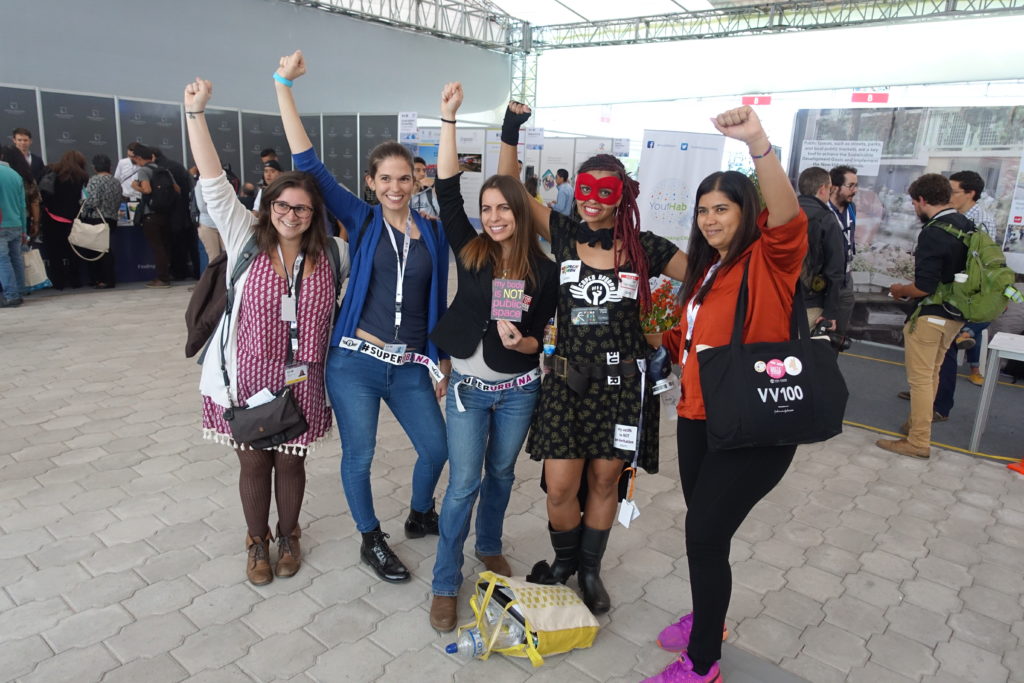

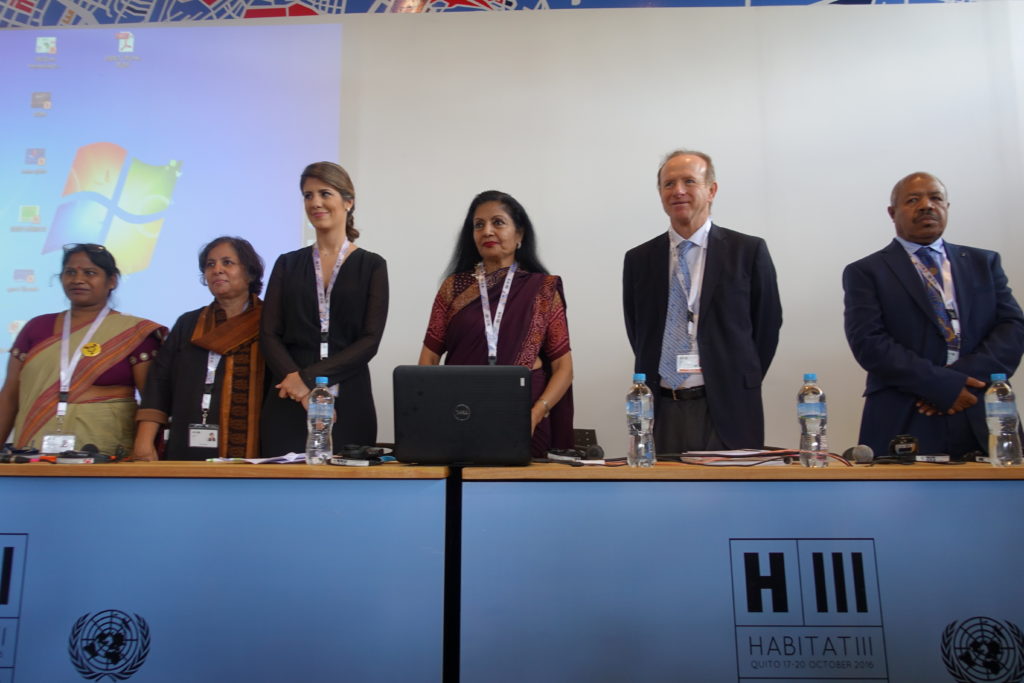
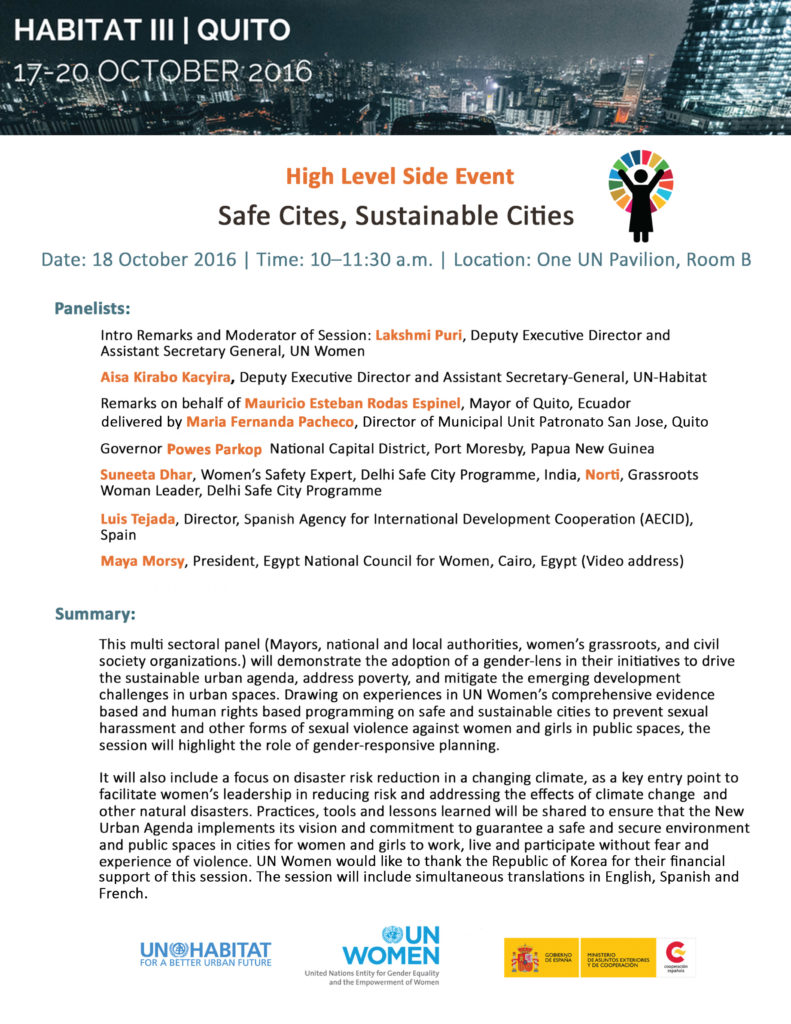
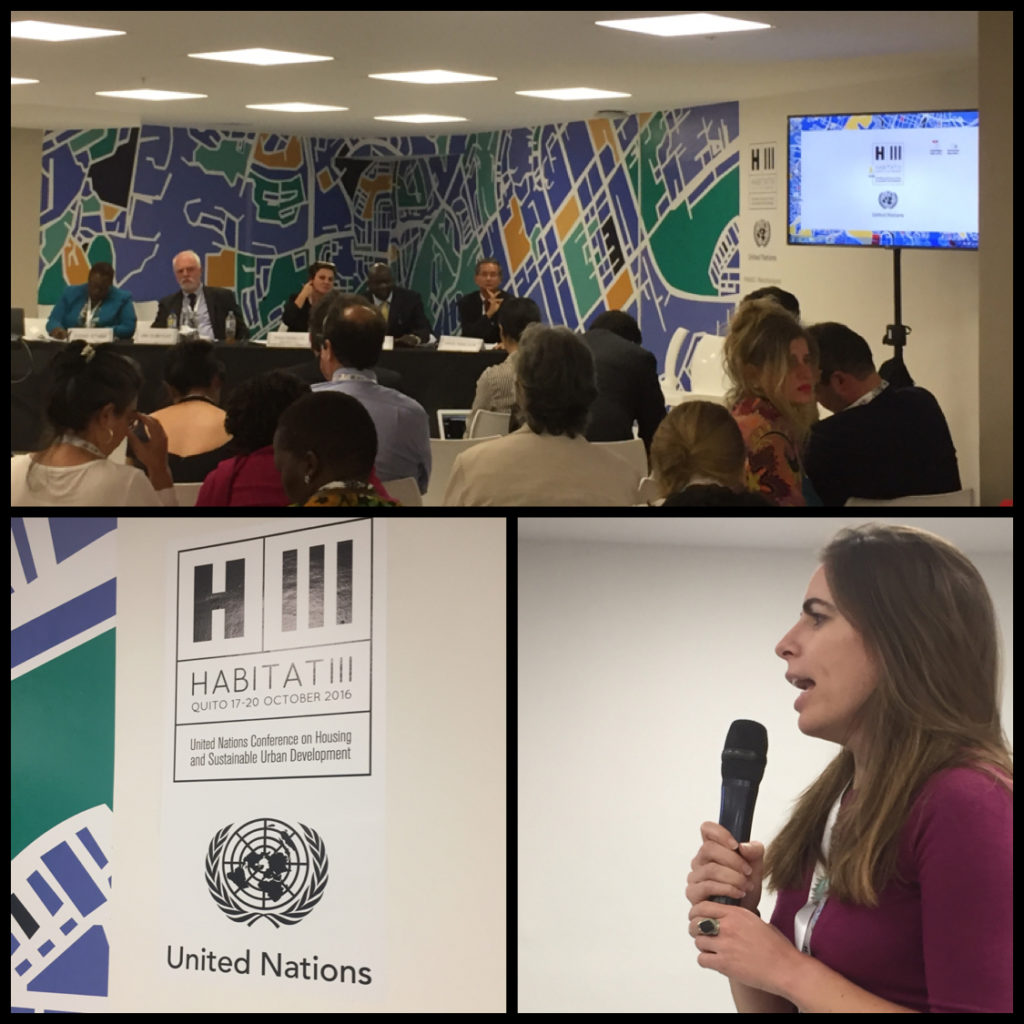
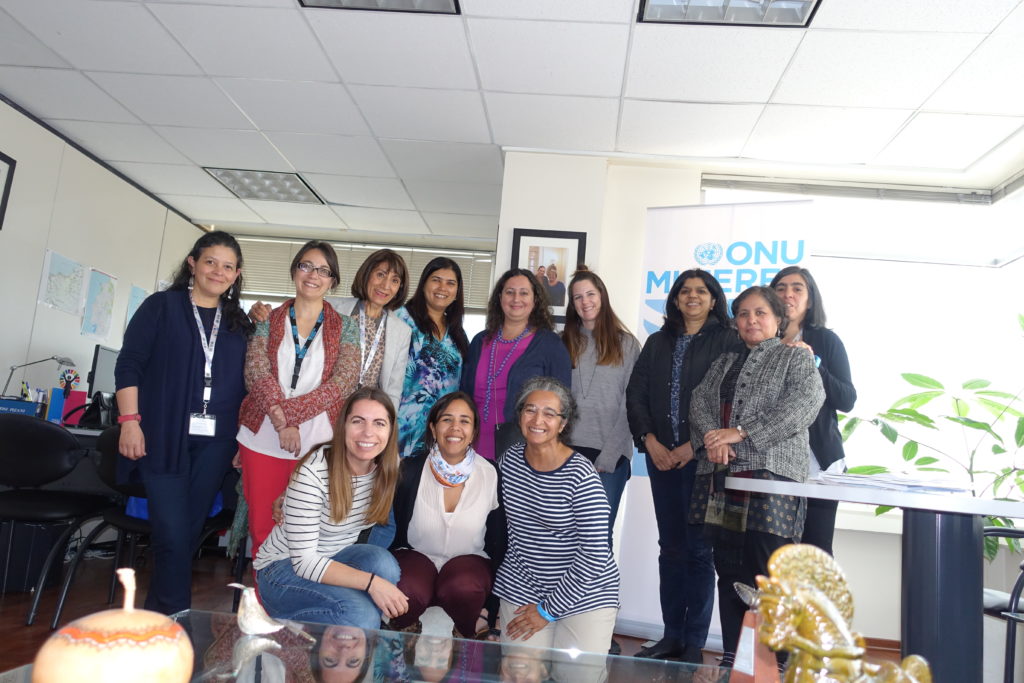 Today was my second day in Quito, Ecuador, for HABITAT 3. I spent the morning with women from eight countries (Argentina, Canada, Colombia, Ecuador, Egypt, Guatemala, India and me in the USA) who each are working to address sexual harassment in public spaces. Many of the people in the room have worked hard for years to see this issue incorporated into the formal UN agenda and they finally succeeded in the Sustainable Development Goals and New Urban Agenda. Given this important change, we discussed the strategic role our organizations need to have when policies are set for nations around the world; we want to ensure that the policies are good.
Today was my second day in Quito, Ecuador, for HABITAT 3. I spent the morning with women from eight countries (Argentina, Canada, Colombia, Ecuador, Egypt, Guatemala, India and me in the USA) who each are working to address sexual harassment in public spaces. Many of the people in the room have worked hard for years to see this issue incorporated into the formal UN agenda and they finally succeeded in the Sustainable Development Goals and New Urban Agenda. Given this important change, we discussed the strategic role our organizations need to have when policies are set for nations around the world; we want to ensure that the policies are good.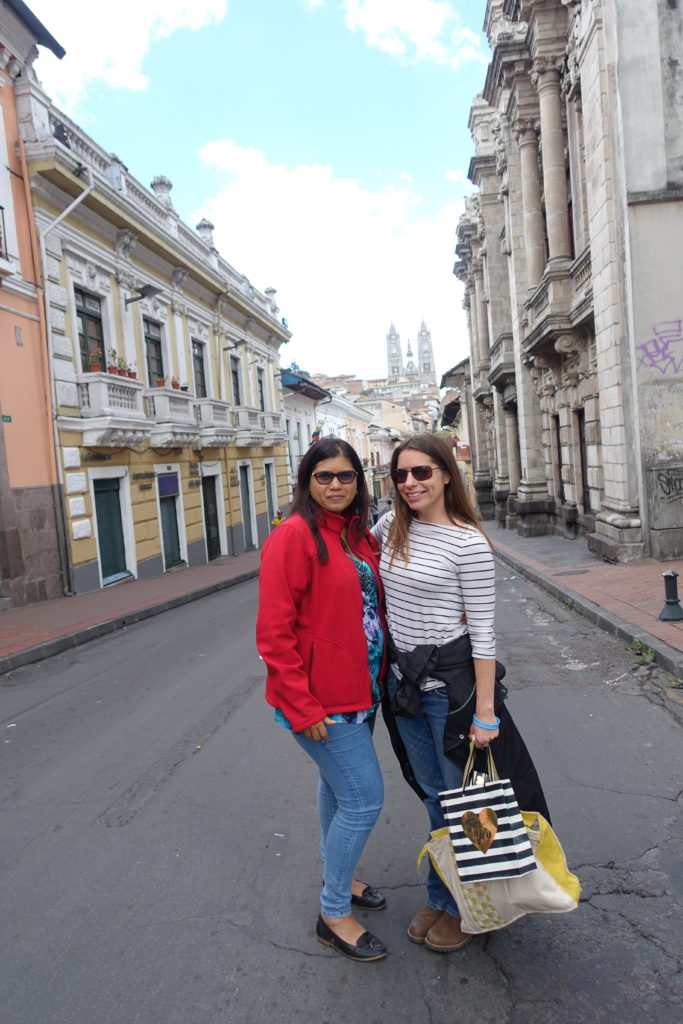 We also discussed various logistical things and planning future events and conferences.
We also discussed various logistical things and planning future events and conferences.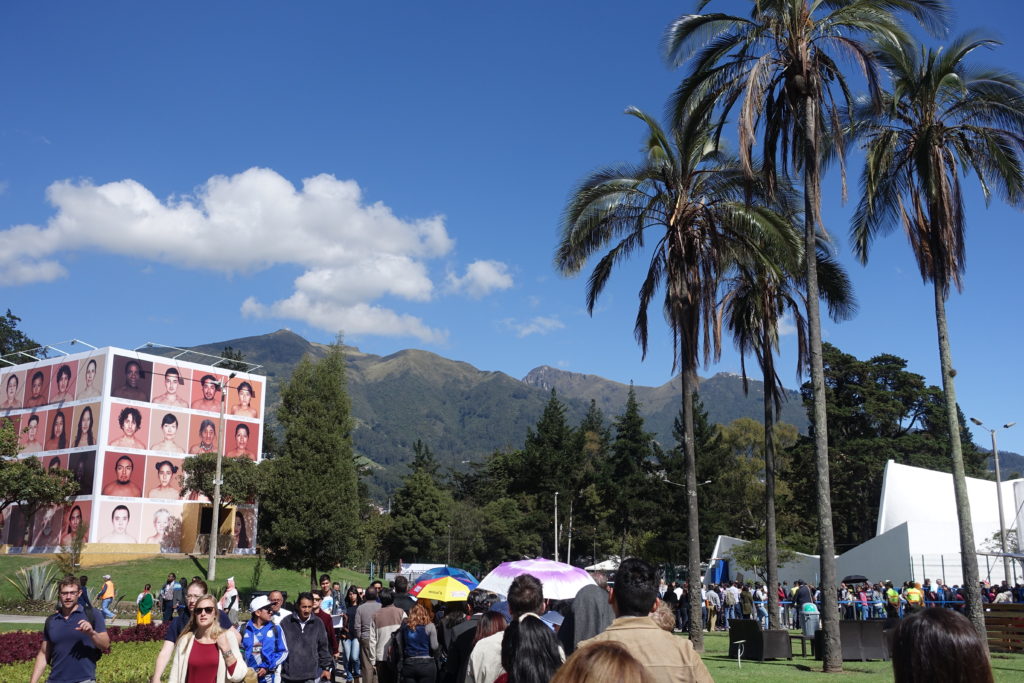
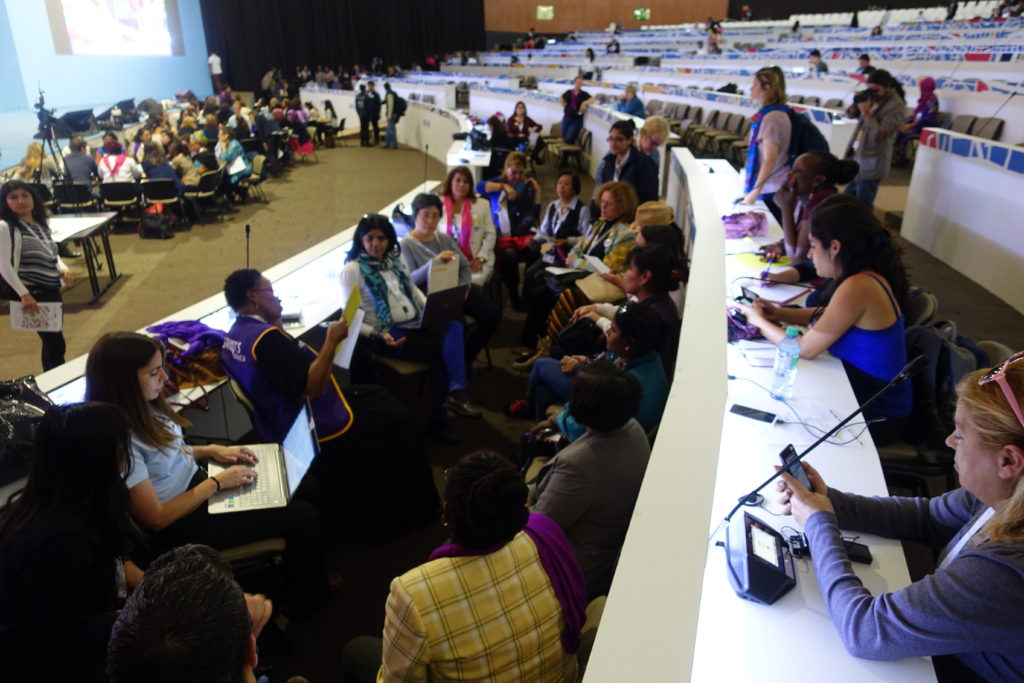
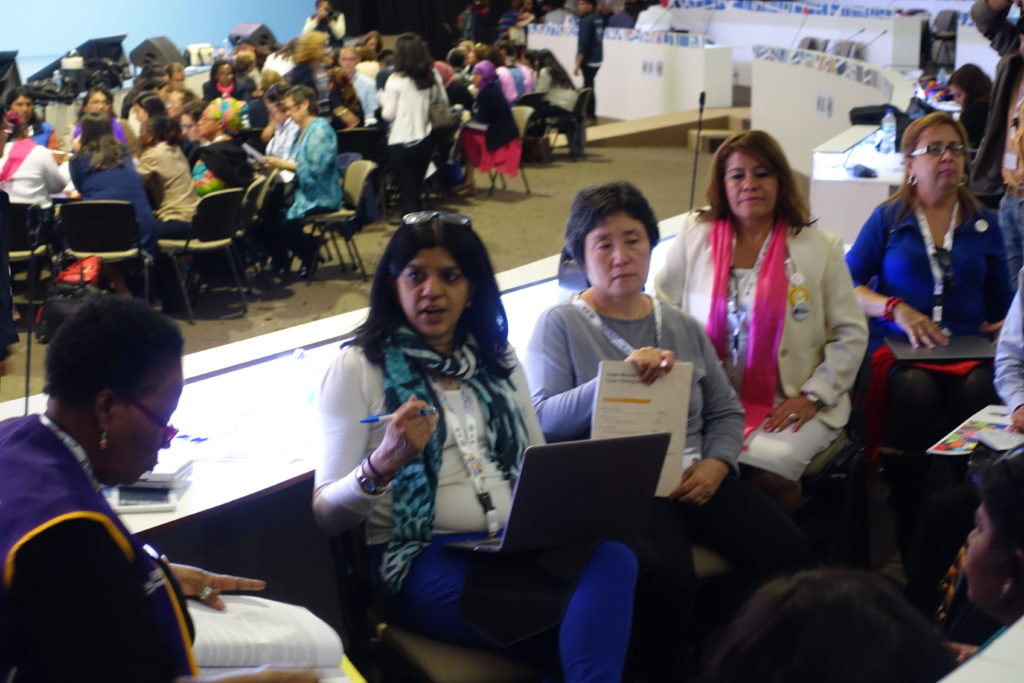 We want member states to recognize safety as a right to the city and:
We want member states to recognize safety as a right to the city and: